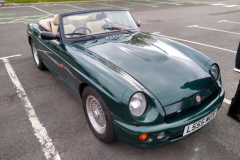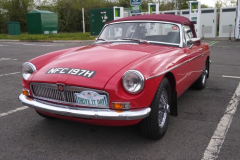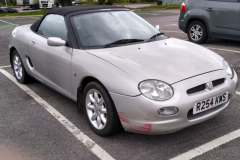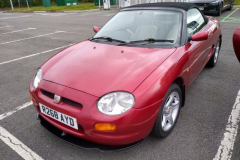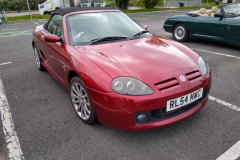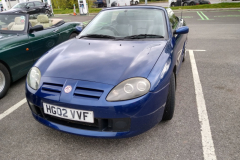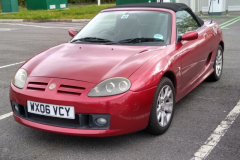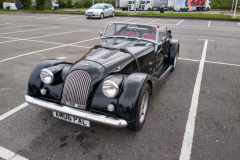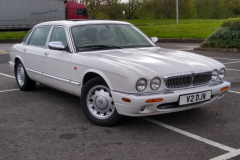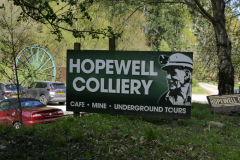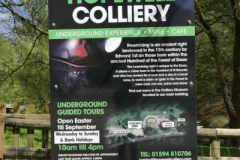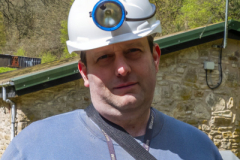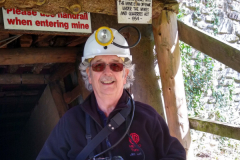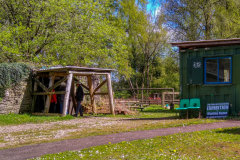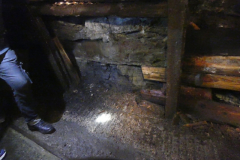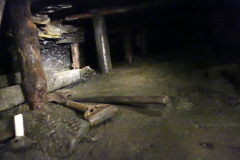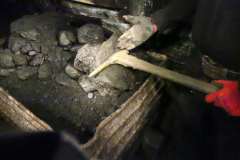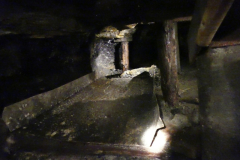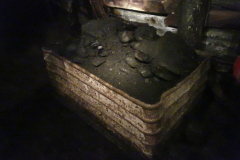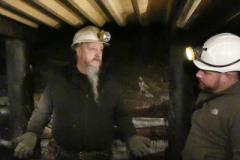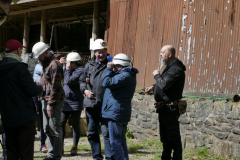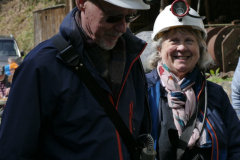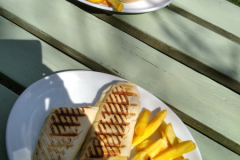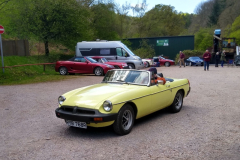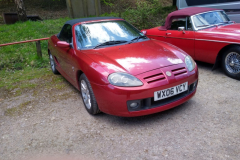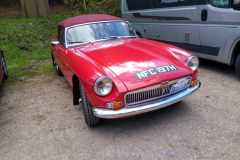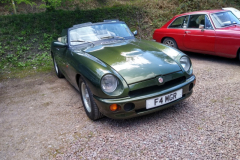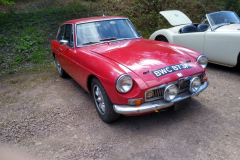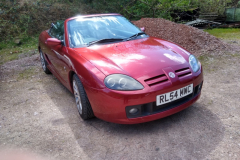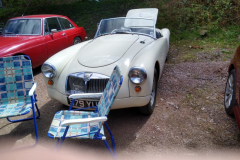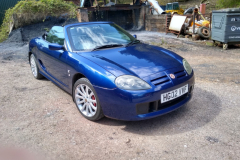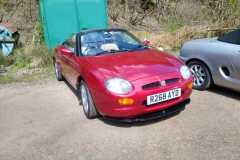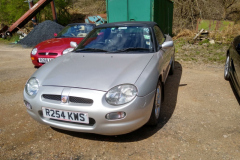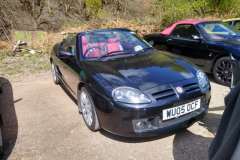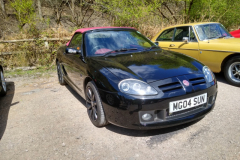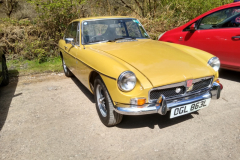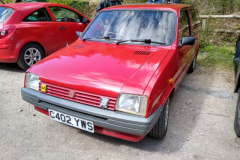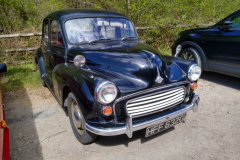MG Car Club South West Centre – Social run to the Hopewell Colliery Museum, near Coleford, Forest of Dean.
It was an overcast, chilly morning when I set off from home to pick Simon, my navigator. He didn’t bring a coat so the roof of my MG F stayed up. We had found out the day before that the Old Severn Crossing (M48) was closed traveling to Wales! This prompted Bob Blackstock (the organiser) to send emails to all the pre-booked entrants with the news. I let Simon know and he still had the directions from when this happened in 2019. A quick graft of the revised instructions onto those provided by Bob, meant we had a 50 mile journey now instead of the 25 miles originally planned.
As some of the pre-booked entries lived north of the new Prince Of Wales bridge (M4), they opted to drive straight to the finish at Hopewell Colliery, near Coleford in the Forest of Dean.
Nine cars did make it to the Severn View Services and signed on. The cars were, an MGR V8, an MGB, 2 MG Fs, 3 MG TFs, a Morgan and a Daimler V8.
As people were unsure of the route through Pilning and Avonmouth to reach the new bridge, myself and Simon heading up a convoy of the cars. All was well until we got to Avonmouth and a set of traffic lights split us from the rest of the field and I pulled in at a convenient layby to wait for the others to catch up. When they got through the lights, so did 4 or 5 big articulated lorries and we ended up at the rear of the convoy. Everyone managed to get on the M49 which leads to the M4 to go across the bridge. We then passed everyone to take our place in the lead on the M49 and M4.
We all managed to stay in touch until Tintern when some of the drivers decided to stop at the Abbey for a coffee. The remaining cars carried on until they decided to use their Satnavs to finish the journey to the Colliery.
Simon and I had a mine visit booked for 12:00 and as we got closer to the destination, we had to speed up a bit (within the limits) to ensure we got there in time for the mine tour. We managed it with about a minute to spare, so we abandoned the car in the car park, said a quick hello to those that had come direct and from Ross-On-Wye, and headed to the pit entrance. Rich Daniels MBE our mine tour guide was waiting for us and two other people so we had a chance of a quick comfort break before the tour down the mine.
We were kitted out with safety helmets and lamps with a shoulder hung battery pack. The mine is entered via a passageway or dipple, driven into the hillside rather than a conventional shaft. The entrance is quite steep as the coal seam is shaped like a huge bowl, and the dipple follows the seam underground. We stopped of at several points and the guide pointed out how the roof was shored using larch columns and headers and that they were fixed into the ground to stop slippage. As we progressed down the dipple, the roof supports changed to steel. The guide said that the old miners did not like the steel supports as wood creaks and groans as the pressure increases and gives an early warning that something is moving. Steel supports don’t show any signs, but just give way suddenly if they come under pressure. The guide said that most of the pressure comes from below, not above as the ground is trying to force its way up.
Once we reached the coal face, we were shown a narrow ledge which is where the miners would lie on their sides and cut into the coal with a double-sided pick. The ledge was about 50 cm from the floor to the roof, which is roughly the depth of the coal seam. They would cut away the coal and it would slide down metal pans to the waiting cart below. The roof would be support on short wooden poles to stop it collapsing. As the seam got deeper, the ledge was back filled and the roof support moved to the new cutting face, ensuring the roof would not collapse. The carts would be pushed along the flat floor, normally by women, until they reached the steep part leading to the entrance and then the carts would be hauled up the slope by ponies or later, mechanical winches. A rope bell system was in place so the the person on the winch knew when to start hauling the carts up the slope.
As the coal seam actually reaches the surface in places, any Methane gas is vented and therefore no gas accumulates in the mine, this allowed the early miners to use naked flame candles as a light source. The guide demonstrated how the miners held the candle, fixed to a stick with clay, in their teeth at the side of their head to illuminate the coal seam. The guide demonstrated with a candle and then asked us to swich off our head lamps and he extinguished the candle. It goes very dark! No light gets down to the coal face as we were about 500 metres from the entrance and about 250 meters below the surface. It is very scarry.
Once we turned on our lamps again, we made our way back up to the surface, but slowly as the steepness of the dipple seems worse on the way up and I had to stop to catch my breath a couple of times before we got out.
It was an interesting insight into how the miners worked without the aid of mechanical equipment or electric light. I am not sure I could have coped myself.
After the tour, we stopped at the café for some lunch and after relaxing for a bit, looking at the other cars from the Ross-On-Wye start, we headed back home. The sun was shining so the hood was down and the M48 bridge was open from the Welsh side, so the journey home was a lot quicker.
My thanks go to Bob Blackstock for organising the original route and venue. Simon and I had an enjoyable drive out and a very informative tour. A great day out
Jim Lott
Photo credits to Jim and Simon Lott
